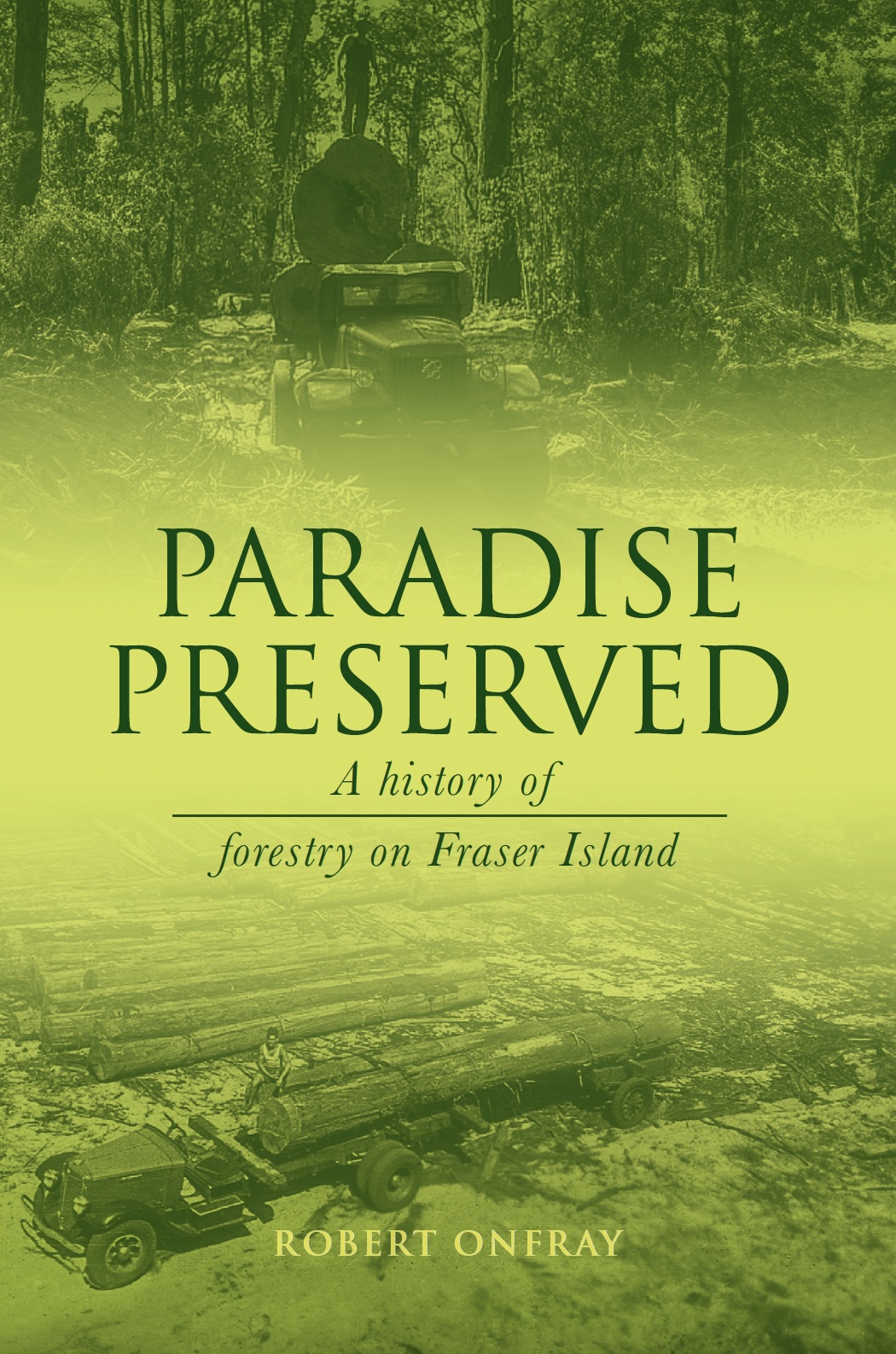Copyright © Robert Onfray and www.robertonfray.com (2021). All rights reserved.
Unauthorised use of photographs, without express and written permission from this site’s author and/or owner is strictly prohibited.
Permission to use excerpts, quotes and links is granted, provided that full and clear credit is given to Robert Onfray and www.robertonfray.com with appropriate and specific direction to the original content.
Paradise Preserved
A history of forestry on Fraser Island
Retired professional forester and experienced land manager Robert Onfray has released his second book, Paradise Preserved: A history of forestry on Fraser Island.
This richly detailed work tells the untold story of more than 120 years of forestry on Fraser Island, from timber tramways and sawmills to the people, politics and controversies that shaped its future.
If you love Fraser Island, appreciate Australian history, or want to see beyond the myths, this book offers a fresh and balanced perspective.
Paradise Preserved is available directly from the publisher, Connor Court Publishing.
You can order your copy by clicking the link to the left.
Robert also publishes monthly blog posts covering a wide range of topics, from his travels across Australia to reflections on forestry, land management, and the fascinating history of Fraser Island and the Fraser Coast.
If you’d like to stay up to date, please leave your details below to subscribe to the monthly blog.
